F.I.S.T. BASIC Bike Fit Workshops
Our mission is to produce affordable workshops equipping bike shop professionals with the knowledge, skill and confidence required to execute an optimized fit for most customers; and to maintain databases and tools used by these fitters.
If you know what you need to know about F.I.S.T. already, here you go if you are ready to register. Registration is open to bike fitters, coaches, manufacturers, physical and physio therapists and others in a business involving cycling or cycling performance.
Since its inception in 2002 F.I.S.T. has served as the template for most modern fit systems today. The design of the modern fit bike flowed from the early F.I.S.T. logic. Protocols taught in most schools using these fit tools bear a strong resemblance to F.I.S.T. methodology. Over the years instructors from Retül, Serotta, Trek, Specialized, GURU and Shimano fit systems have attended F.I.S.T. workshops, and F.I.S.T. is the protocol used by the GURU fit school and system.
Our workshops run from February thru April (occasionally May). Our habit is to place one workshop on our schedule at a time. Our first workshop of the season is always the first full week of November. That workshop is now open for registration.
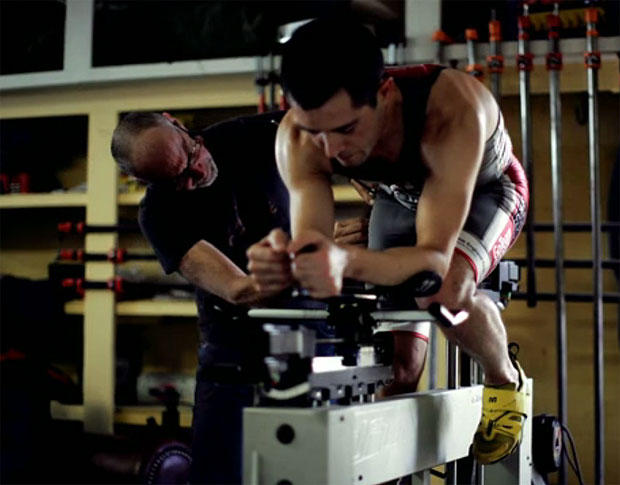
Our Workshop
F.I.S.T produces one workshop, entitled BASIC, but few fitters leave thinking this was an introductory or beginner course. It's 5 days of instruction on all the knowledge a fitter needs to conduct a proper fit according to F.I.S.T. principles (below is a list of what these principles are).
Monday and Tuesday is instruction in road bike fit, Wednesday is a transition day, where attendees several shorter teaching modules are available on fit-related subjects. Or, attendees can ride all day long. Thursday and Friday is tri bike fit. Every fitter leaves having been taught how to use every modern fit bike: Purely Custom, GURU, Exit Cycling, Shimano, Retül.
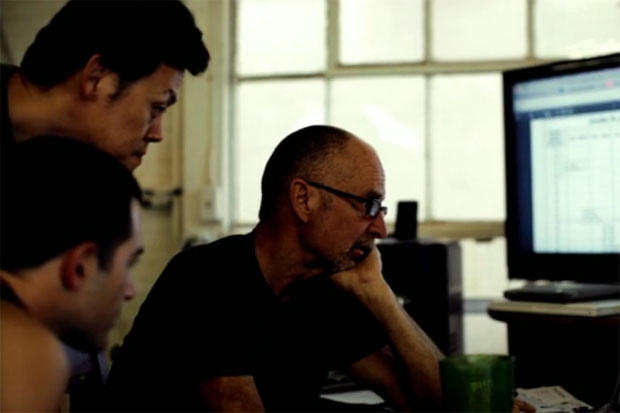
Pricing
Our BASIC workshop costs $1,395 to attend. A $495 deposit holds the spot (register on this page; and the balance is paid when you’re here, attending the workshop.
Though you can stay where you want when you're here, most attendees stay at the bed & breakfast next door to the workshop and the cost of a shared room and 3 daily meals is about $100 per day per person.
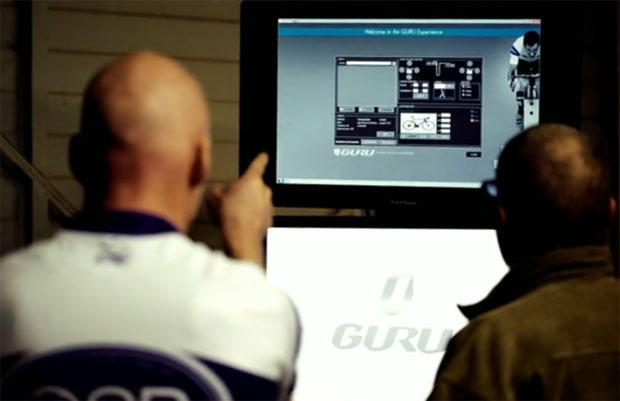
Location
We are in a small valley, in a cleft between California’s high Mojave Desert and the backside of the San Gabriel Mountains proximate to Los Angeles. The ranch we call Xantusia for the Xantusia Vigilis, a lizard that lives in symbiosis with the Joshue Trees ubiquitious to the area. We’re at 4,100 feet above sea level. The road riding here is superb, especially if you like to climb. The MTB riding starts from the property and you can ride to 7,500’ without riding on the pavement. The big forest starts at 5,500’ and the single track starts at 6,500’.
The airport most proximate to us is Ontario (Calif), and also Burbank. We're less than an hour from each. We're 1hr30min to 2hr45min from LAX depending on traffic (2hr is a good gauge). Some use Long Beach or Orange County airports.
Read more about Xantusia and directions to it.
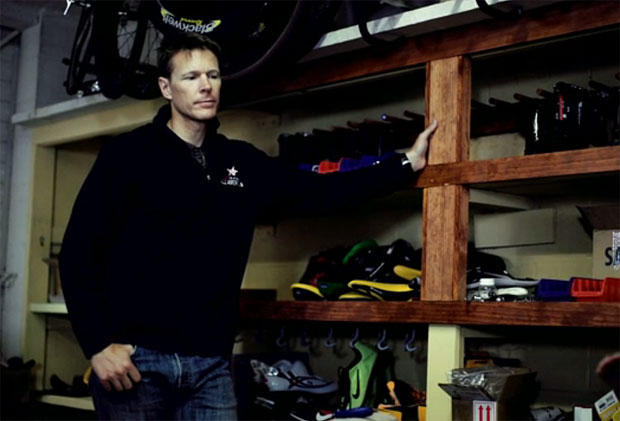
Extracurricular
Attendees can ride and/or run (and in some cases swim), while they're here; the ranch is situated because of its proximity to on- and off-road cycling. We have between 15 and 20 bikes on the property, all sizes, late model Giant, Specialized, Cannondale and other road race bikes for loan. We make accommodation for rides and runs every day, and we have a competition pool proximate for those who need to get a swim or two in to hold you over while you’re here.
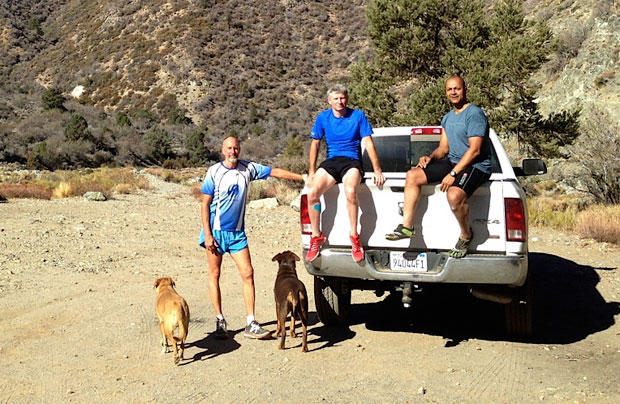
Our Guiding Principle
What do fitters learn when they’re here? What we teach is based on the axiom that when there is a consensus among top athletes as to how a sport is conducted, that consensus is what we teach, deliver, reproduce. The result of a F.I.S.T. fit, road or tri, should be a position that looks, smells, tastes very much like the positions you admire when you see them in a race or on the road. F.I.S.T. fitters are trained not to produce arcane positions that diverge from the norm, rather they are trained to guide their subjects toward the safety of the norm.
The benefit of "consensus" positions—both for shops and for consumers—is that they conform to consensus bike geometries. One imperative of F.I.S.T. training, and a F.I.S.T. fit: the fit session was of questionable success if it did not yield a number of sensible, elegant complete bike solutions.
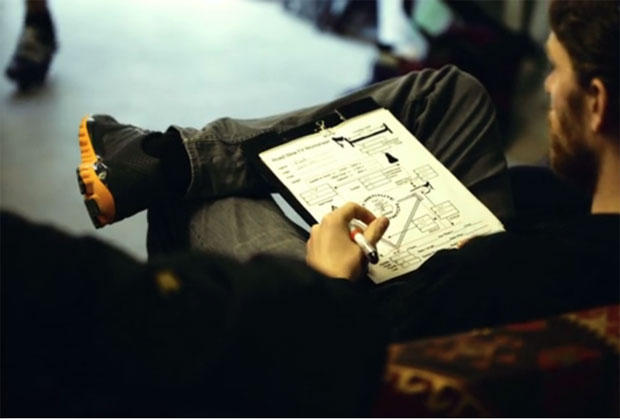
What a F.I.S.T. Session Looks Like
We differentiate between tools and fit protocols. A good fitter should enjoy the freedom to use any conforming fit tools (there are at least 5 fit bikes today that conform to modern fit methodologies). This allows the fitter to choose his tools as tools, rather than as required part of a system.
A fit session ought to begin, broadly speaking, with the establishment of a set of fit coordinates (e.g., saddle height; saddle fore/aft; handlebar elevation; cockpit distance). We teach a protocol at our workshops that accomplishes this.
Then the fitter turns these fit coordinates to a set of complete bike solutions (i.e., 58cm Cannondale Evo, 120mm stem, -6° pitch, 15mm of spacers). This second part of the fit process—translating fit coordinates to complete bike solutions—is a hallmark of F.I.S.T.
Underpinning every modern fit system's calculation of complete bike solutions is its reliance on Stack and Reach: bike metrics the F.I.S.T. school identified, described, named and championed beginning in 2003. These metrics, understood and utilized, allow shops to "prescribe" solutions with great granularity: a terrific sales tool; a huge aid to the consumer; and a monumental time saver.
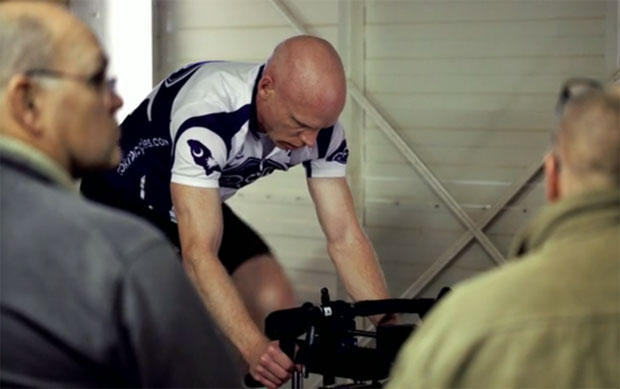
Tooling and Software Purchases We Recommend
One question often asked, "If I attend a F.I.S.T. Workshop, is this just the beginning of a number of hardware and software purchases I’ll be expected make?" In our workshops we overview all the relevant fit bikes, motion capture systems and software, as well as what we know or have good reason to suspect is coming to market. The most common sentiment is relief that inexpensive or no-charge options often replace purchases fitters expected to have to make. Yes, you’ll find that purchasing the right fit bike is handy. We’ll train you to use all the popular fit bikes and aid you in choosing the best option for your application (and how to buy these bikes in the least painful way).
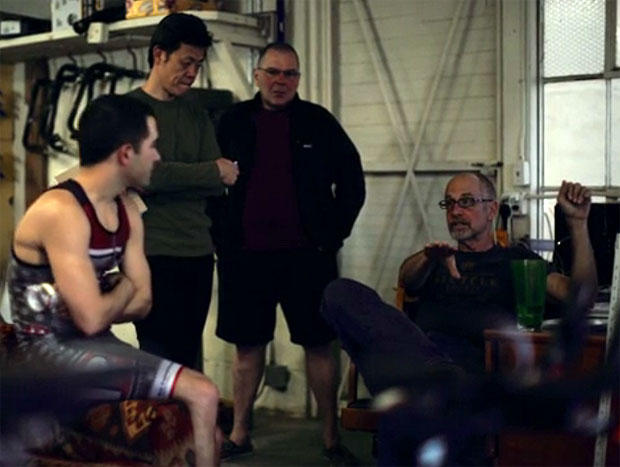
Public Notice
Slowtwitch maintains public lists and profiles of coaches, bike fitters, and independent bike dealers. Each of those dbases is maintained by us, each listing maintained by the user. Each has a field for professional designations. Of the roughly 625 fitters on our Fitter database, about 500 are F.I.S.T-Certified. Of the 640 or so IBDs in our bike shop dbase, F.I.S.T. is the most frequently used protocol.
Going Forward
Attendees will always remain F.I.S.T.-Certified, for road and tri, after having attended this course. We have ceased offering further, more "advanced" courses because, in all transparency, we offer the entire breadth and depth of the knowledge we have about bike fitting, that is teachable and transferable, in our BASIC course.
Our continuing education has been informal, to date. On the drawing board is a formal continuing education program for which there will be an annual, nominal cost (in the low tens of dollars per year), such cost covering the cost of online education and testing, to make sure F.I.S.T. fitters remain current and equipped.
Those who are ready to register would migrate to this page.


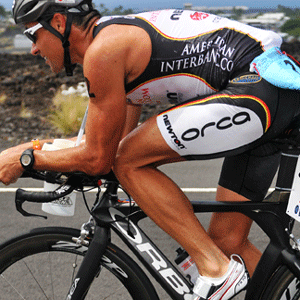
Start the discussion at slowtwitch.northend.network